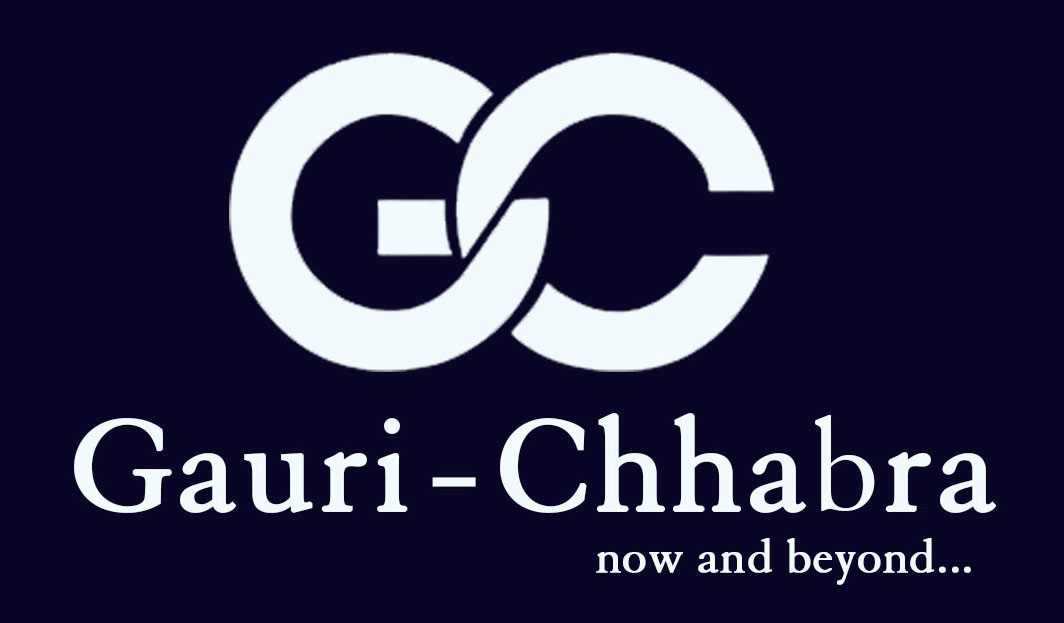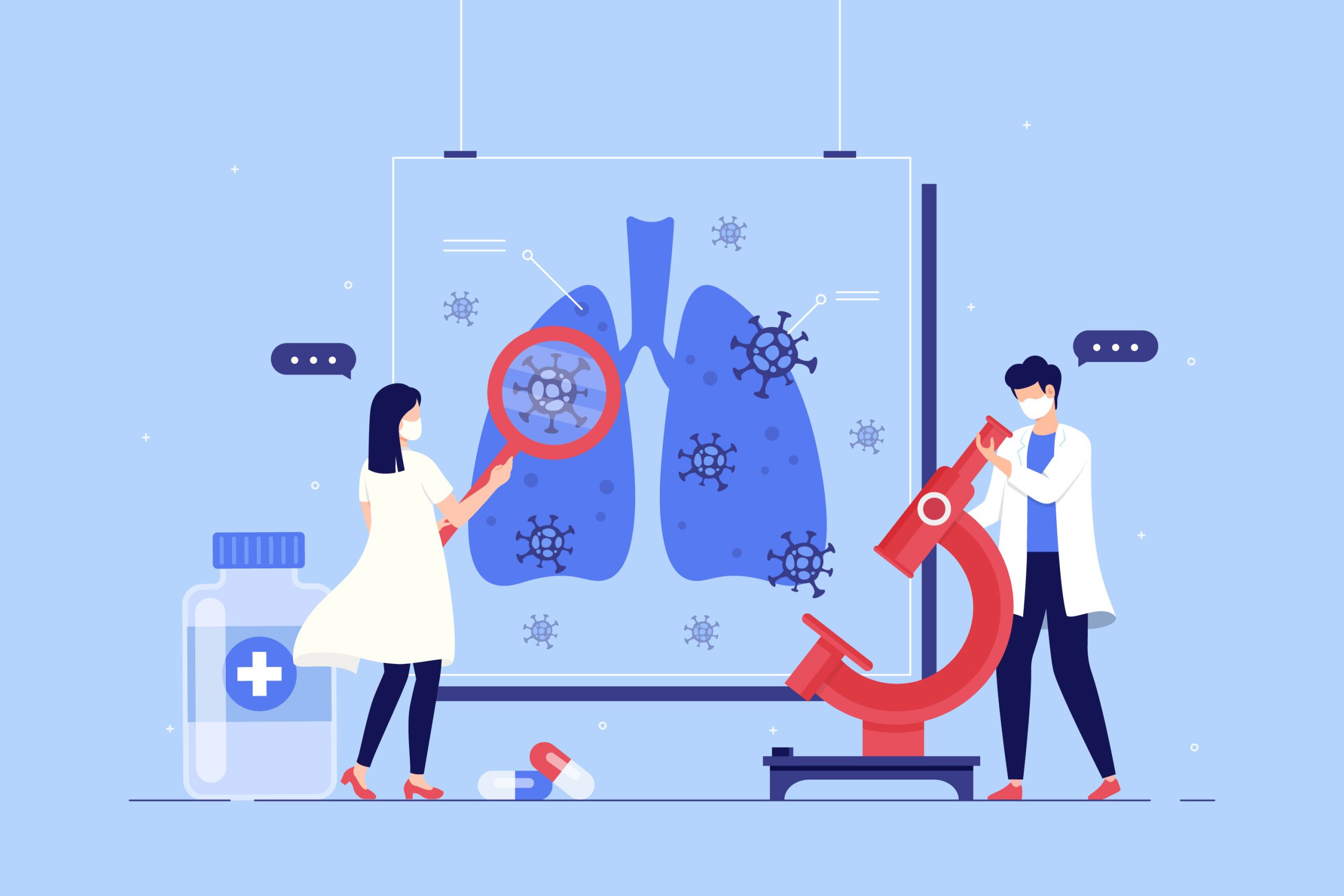Over the past few years, the onset of winter is accompanied by a thick layer of smog that covers the atmosphere leading to worsening air pollution. This leads to a sharp rise in cases of chest and throat diseases. The rise has occurred despite steady improvements in medical care and nutrition, as well as a shift away from using wood as fuel in rural areas. Together this has mitigated many factors long blamed for the high levels of respiratory diseases in India.
This has been primarily due to the unprecedented decline in air quality across India.There are tens of millions of people suffering from lung disease who are in immediate need of medication. This has increased the requirement of trained Pulmonologists.
What is Pulmonology?
Pulmonology or chest medicine and respiratory medicine is the branch of internal medicine concerned with diseases of lungs, respiratory tract, bronchial tubes, upper respiratory tract and heart as well. Treatment includes oxygen therapy, medication of most diseases either by inhaling bronchodilators, steroids and in oral form. The branch of medicine that deals with the causes, diagnosis, prevention and treatment of diseases affecting the lungs.
Pulmonary medicine is also sometimes called pulmonology which is the science concerned with the anatomy, physiology, and pathology of the lungs. It is considered a branch of internal medicine, and is related to intensive care medicine and involves managing patients who need life support and mechanical ventilation. Pulmonologists are specially trained in diseases and conditions of the chest, particularly pneumonia, asthma, tuberculosis, emphysema, and complicated chest infections.
Who is a Pulmonologist?
Pulmonologist also known as Pulmonary Disease Specialist is a medical practitioner specialized in the field of pulmonary (Lungs) medicine – a subspecialty of internal medicine. These specialist doctors are trained for diagnosis and treatment of diseases, disorders and abnormalities of the lungs and cardiopulmonary system consisting of heart, lungs, blood vessels and all the organs that work together to help a person breathe, in order to take in oxygen required for the oxygenation of the blood.
What does a Pulmonologist do?
Pulmonologists are involved in the treatment of breathing disorders. However, they are also capable of prescribing medication for problems like sleep disorders, severe allergies, and other lung conditions and diseases besides providing critical care medicine while treating patients in the ICU.
Aspiring candidates with good knowledge and capacity to work at odd hours along with genuine desire to treat the patients are the right kind of persons to become successful Pulmonologists by acquiring required qualification.
How to Become a Pulmonologist?
Undergraduate
Candidate who has completed the age of 17 years of the year of admission to the MBBS course. H.S.C. / (+2) or equivalent qualification with English, Physics, Chemistry and Biology/Botany & Zoology with minimum marks as per MCI norms. Eligible NEET (UG) score as prescribed by MCI.
MD After MBBS:
After completion of this four and half years of MBBS degree course and one years and six months compulsory training one has to go for M.D. (Pulmonary & Critical Care Medicine).
M. D. in Pulmonary Medicine is a two year postgraduate program that focuses on interstitial lung disease, pulmonary vascular disease, heart- lung and lung transplantation and nontuberculous mycobacterial disease. It also provides preoperative evaluations and comprehensive pulmonary functional testing. While doing the course, you would learn whole range of diagnostic and therapeutic and procedures associated with the practice of pulmonary and critical care medicine: flexible fibre optic bronchoscopy with all ancillary procedures, thoracentesis and closed pleural biopsy, endotracheal intubation,arterial and central vein line placement, bedside pulmonary vein catheterization and chest tube placement.
Doctor of Medicine Colleges and Universities:
Jawahar Lal Nehru Medical College
Tamil Nadu, Dr M.G.R Medical University Chennai
AIIMS, New Delhi
Career Prospects:
Rapid increase in the number of patients inflicted by Pulmonary diseases has created the need for spurt of careers in Pulmonology in the recent past. There is a need for Pulmonologists in the Government hospitals like PGI and AIIMS but also in private hospitals like Apollo, Fortis and the like. You may also go in for teaching and research in Medical Colleges.
You may also carve a niche for yourself in Interventional pulmonology (IP) – a maturing subspecialty of pulmonary medicine focused on advanced diagnostic and therapeutic pulmonary and thoracic medical procedures for a variety of illnesses. This rapidly growing field requires highly specific knowledge and skill sets beyond its parent specialty. While the future of IP will continue to show growth, we postulate on a few upcoming technologies which may influence the field and discuss some of the challenges associated with growth in IP.
Summing up:
Therefore, if you wish to get into a career that rides high on the environmental hazards and also is one of the most in demand careers, Pulmonary Scientist is the right option for you.












